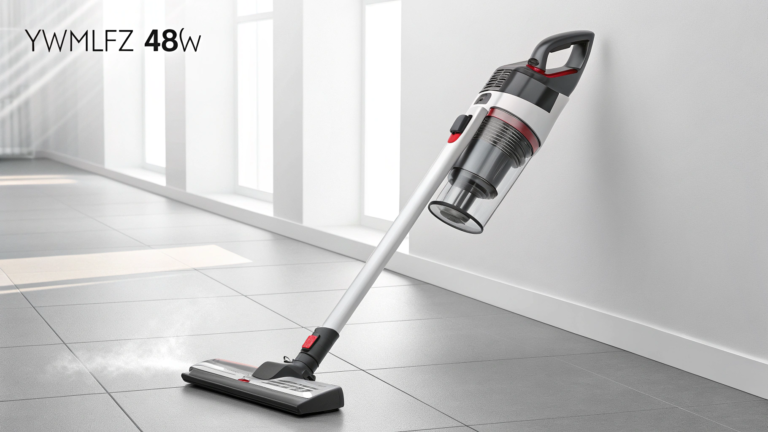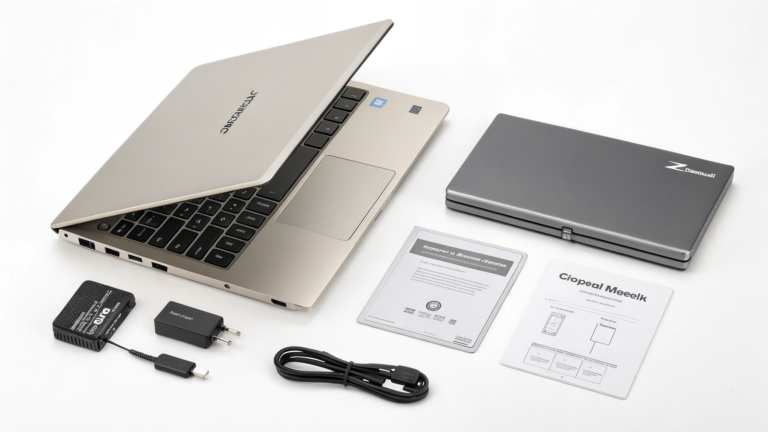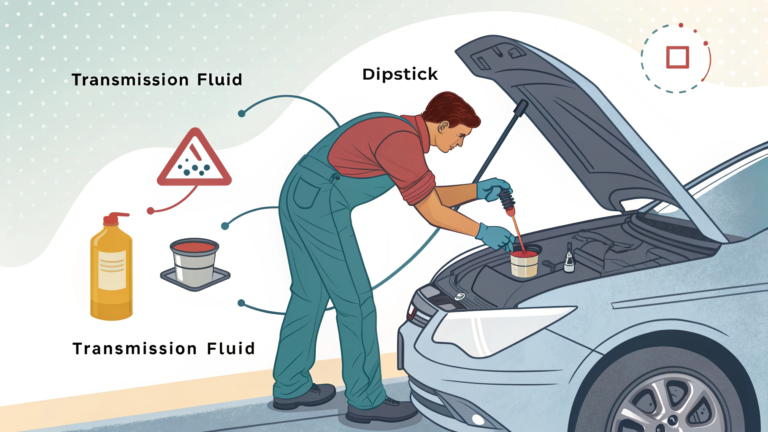
Roctest.com is the official site of Roctest Ltd, a company that develops and sells high-tech instruments for testing soil, rocks, structures, and underground projects. Their products help engineers measure strength, pressure, movement, vibration and more. The instruments use methods like vibrating‑wire sensors and fiber‑optic systems to give accurate data in real time.
Roctest products are used worldwide in industries such as mining, tunneling, dam safety, bridges, nuclear plants, and more. The gear is known for its rugged design, dependable performance, and ability to work in harsh or remote environments. You’ll also find software systems that gather, analyze, and store test data.
This article explains Roctest’s main product lines and applications in simple terms. You’ll learn key features, how they help engineers, and how they are used in different project types. https://www.geomatryspots.com/coyyn-com-a-complete-guide/
What Does Roctest Offer?
Brief Background
Roctest Ltd has operated for over 50 years, building its reputation in geotechnical and structural instrumentation. They serve more than 75 countries through direct offices and partners. Their product range covers both conventional electrical sensors and modern fiber‑optic solutions.
Main Product Families
The three main categories are: vibrating‑wire sensing, fiber‑optic sensing, and pressuremeter & in‑situ test equipment. Within these families are devices like inclinometers, piezometers, settlement gauges, load cells, extensometers, and dataloggers.
Core Product Categories
Deformation and Strain Tools
These sensors measure movement or strain in structures https://fr.wikipedia.org/wiki/Structure. Examples include SOFO, MuST, and DiTeSt sensors, which can detect even tiny shifts in tunnels, walls, or foundations.
Displacement & Extensometers
Products like jointmeters, crackmeters, and borehole extensometers measure how much rocks or structures expand or crack over time, helping monitor weaknesses.
Inclinometers & Tiltmeters
Devices such as GEOSTRING, PROFIL, and PISA‑M detect tilt or lean in structures, slopes, or walls—important for landslide prevention, dam safety, or building monitoring.
Load & Pressure Cells
The VH vibrating-wire load cell, HYDLO hydraulic cell, and TPC pressure cell measure force, pressure, or weight. They’re used to monitor bridge loads, dam stresses, or anchor forces.
Piezometers & Water-Level Sensors
Piezometers like FOP PZ or PW series track moisture or groundwater pressure. Water-level sensors like CPR-6 or NIVOLIC measure static water or flow heights.
Pressuremeters & Dilatometers
Instruments like TEXAMe, PENCEL, G‑AM II, and BOREMAC assess soil strength in boreholes. TEXAMe, for example, offers real-time readings via Android tablet—quick and easy to use.
Settlement Monitoring
Equipment such as vibrating-wire gauges (SSG, NIVOLIC SG) help track soil or structure settlement over time, especially under large loads or construction zones.
Specialized Test Equipment
Tools like PIL‑10 point load tester, PL-v100, and vane borers test rock or soil properties on-site. These help classify material strength in mining or field surveys.
Data Loggers & Software
Systems like SENSLOG 1000X can collect data from multiple sensors remotely, using cell, satellite, or radio communication. Software packages analyze the measurements and send alerts if thresholds are exceeded.
Applications and Industries
Mining & Tunneling
Roctest sensors monitor dam integrity, tunnel deformation, and rock stability, ensuring safety during excavation and operation.
Infrastructure & Bridges
Load cells and inclinometers check stresses on bridges and support structures, helping prevent failures and prolong asset life.
Energy & Power
In power plants, LNG terminals, nuclear facilities, and wind farms, Roctest devices monitor vibration, strain, and soil stability to comply with safety standards.
Environmental & Water Projects
Water-level sensors and settlement gauges track levees, flood zones, and water infrastructure to predict risks and track changes over time.
Geotechnical Surveys
Settlement plates, dilatometers, and point load testers help engineers design foundations and understand subsurface conditions for new construction.
Structural Health Monitoring
Fiber-optic strain sensors embedded in building materials or tunnels offer long-term monitoring to spot damage or movement early.
Key Features of Roctest Products
Rugged and Reliable
Most instruments are built to survive harsh weather, remote sites, or underground environments. They resist moisture, pressure, and vibration.
High Accuracy
Vibrating-wire and fiber-optic sensors provide precise measurements with minimal noise and drift. Many instruments are accurate to within fractions of a millimeter or pascal.
Real-Time Monitoring
With dataloggers like SENSLOG, users can view live data, control alarms, and track long-term trends without being on-site.
Modular and Expandable
Many systems—such as SENSLOG or cable multiplexer setups—can grow as project needs increase. Replacement sensors or extra channels can be added smoothly.
International Certification
Roctest products are certified by major classification societies and meet global safety standards, especially useful in energy, marine, and nuclear industries.
Roctest.com showcases high‑precision instruments used for monitoring soil, rock, and structural integrity in critical projects around the world. Their rugged sensors and real‑time data systems offer engineers reliable tools to make safer decisions.
FAQs
1. Who uses Roctest products?
Engineers in civil, mining, and structural fields who need accurate environmental and structural data.
2. Are these tools easy to use?
Yes, many instruments offer handheld or tablet operation, real-time readouts, and straightforward interfaces.
3. Can sensors work underground or in water?
Yes, many are rated for harsh environments like submersible piezometers or ground pressure tests.
4. What is the difference between vibrating‑wire and fiber‑optic sensors?
Vibrating‑wire uses physical vibration frequency; fiber‑optic measures light changes—both highly accurate but suitable for different distances or conditions.
5. Is data remote accessible?
Yes, systems like SENSLOG use cellular, satellite, or radio links to transmit data even in remote locations.
6. What industries commonly use Roctest gear?
Mining, tunnel construction, dam safety, nuclear power, bridge monitoring, and HVAC buildings.
7. Do I need software for analysis?
Yes, Roctest provides software tools to view trends, compare readings, and set alerts.
8. Can I add more sensors later?
Absolutely—Roctest systems are modular; you can expand channel capacity as needed.
9. Are training and support available?
Roctest offers installation, maintenance, and user training through their offices and distributors worldwide.
10. Where can I get product details?
You can download catalogs, datasheets, and guides from their official website resource section.
Conclusion
Roctest.com offers a comprehensive lineup of instruments and software designed for measuring and monitoring geotechnical and structural conditions across many industries. Their tools—from fiber-optic sensors to pressuremeters—combine precision, durability, and real-time data access. https://www.geomatryspots.com/tatasec-valuable-resource-information-and-insights/
Whether you’re monitoring a dam, tunnel, bridge, or mining site, Roctest products help engineers make smart, safe decisions based on accurate measurements. Their systems are built to endure severe environments, grow with project demands, and deliver trustworthy data.
If you need reliable sensing tools, Roctest stands out for its modular design and global support network. With user-friendly interfaces and strong industry certifications, their products make monitoring easier and more effective for projects large and small.







